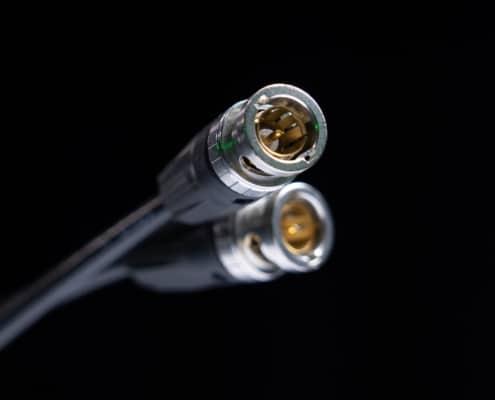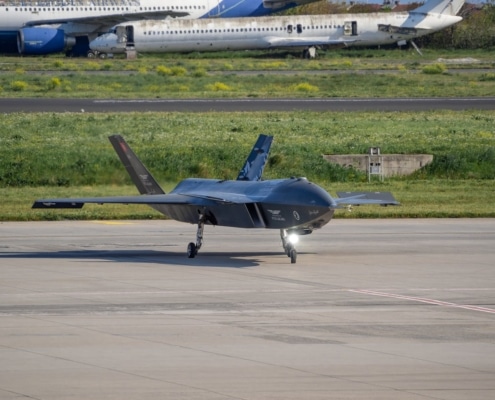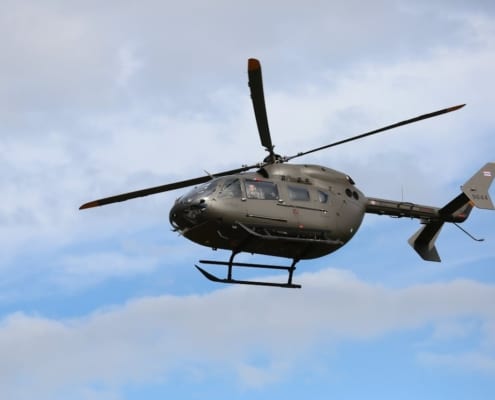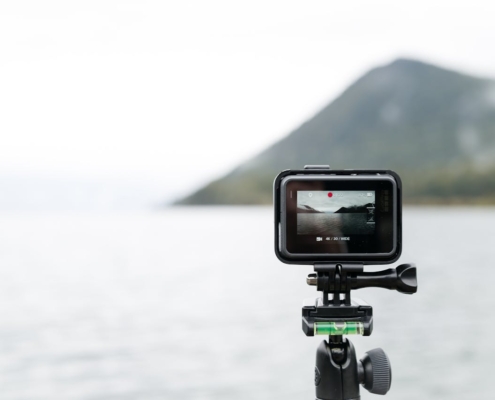
Understanding HDMI vs. SDI: Choosing the Right Video Output for Your Needs
In the realm of video production, nearly every camera…

Solid-State vs. Hard Drive Video Recorders for Military Applications
In demanding military and aerospace environments, recording…

How to Choose the Best Airborne Video Recorder for Helicopter Tours
Selecting a suitable airborne video recorder for helicopter…

HD-SDI vs. 3G-SDI: What’s the Difference?
In professional and military-grade video systems, HD-SDI (High-Definition…

Cube Cameras vs. Bullet Cameras: Choosing the Best for Rugged Use
In harsh environments where reliable, high-definition video…

Best Go Pro Alternative For Pilots
When it comes to capturing the highest-quality content for pilots…


Now a solution to bring that intrusive drone down
Dones are increasing in numbers every day. While this is good…

What are the differences between the 1080p version and the 720p version of the same media?
Differences in video probably won't be noticeable for untrained…

AirKnight HD Video Formats
The AirKnight HD is the key to HD-SDI Solid State Airborne system.
Record…
